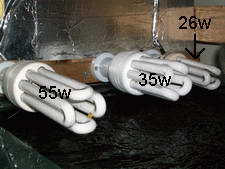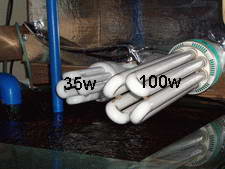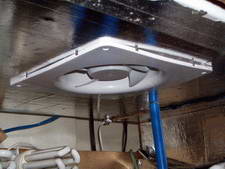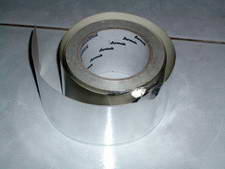

 Not something often asked and yet, if we
do not know the physics of light as well as how light can be used by
photosynthetic life forms, it would make understanding what a
specific habitat is subjected to all but impossible, which is
after all, what we should be trying to emulate.
Not something often asked and yet, if we
do not know the physics of light as well as how light can be used by
photosynthetic life forms, it would make understanding what a
specific habitat is subjected to all but impossible, which is
after all, what we should be trying to emulate. Since we remove animals from their natural habitat to be
kept as pets, we then have the responsibility to do our best to
recreate those habitats in which they came from. To do so,
understanding those habitats and knowing what those habitats provide is
crucial in our recreation attempts. I often see the mistaken
belief that all reefs are created equal. In that, they all receive the
same light intensitys and water flows. I think a great many hobbyists
would be surprised to see how variable reef /ocean conditions are, even
within just a few miles of each other.
Since we remove animals from their natural habitat to be
kept as pets, we then have the responsibility to do our best to
recreate those habitats in which they came from. To do so,
understanding those habitats and knowing what those habitats provide is
crucial in our recreation attempts. I often see the mistaken
belief that all reefs are created equal. In that, they all receive the
same light intensitys and water flows. I think a great many hobbyists
would be surprised to see how variable reef /ocean conditions are, even
within just a few miles of each other. 





